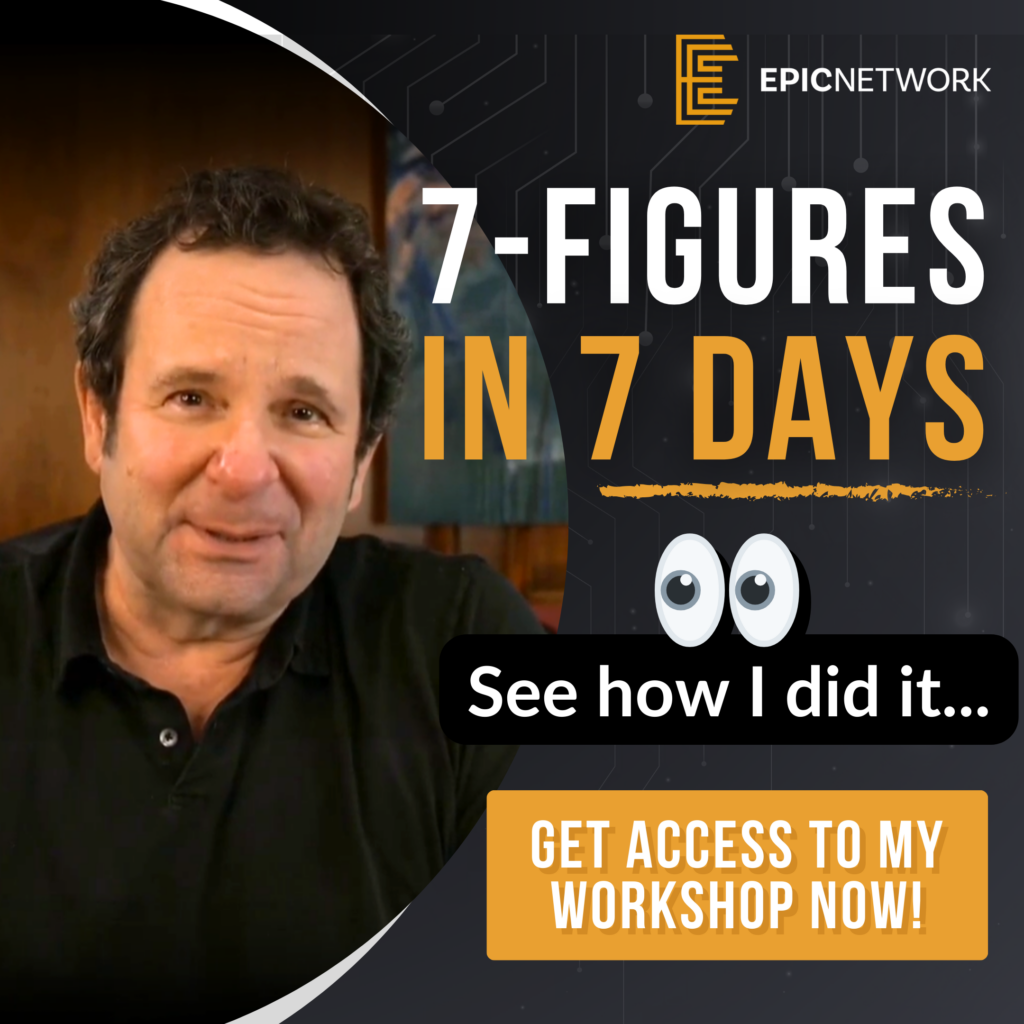
Focusing on accurate valuation strategies for mergers and acquisitions is essential to avoid overpaying based on future potential rather than present value. Many buyers mistakenly factor in speculative post-merger synergies or projected growth, which can lead to inflated purchase prices. This article outlines effective valuation strategies for mergers and acquisitions, offering insights on focusing on current value, managing integration risks, and negotiating strategic equity stakes.
Why Current Valuation is Key in Mergers and Acquisitions
In most mergers and acquisitions, valuation should be based on each company’s existing performance rather than anticipated future synergies. Studies show that over 80% of acquisitions fail to realize projected benefits, making it crucial to ground the valuation in the current operational worth of both entities.
- Focus on Current Revenue and Profits: Consider only the revenue and profit each company is currently generating.
- Avoid Overpaying for Speculative Synergies: Separate the valuation from any integration benefits, as these projections often don’t materialize post-merger.
Learn more about the pitfalls of overestimating acquisition synergies
Structuring Mergers: Holding Company vs. Full Integration
When combining two distinct businesses, such as a coffee roaster and a café chain, you don’t always have to merge them into one operational entity. Maintaining them as separate entities within a holding structure can provide financial and logistical benefits:
- Simplified Accounting: Keeping the companies separate simplifies accounting and liability management.
- Flexible Future Options: Holding each entity independently provides flexibility if you decide to sell or spin off one of the companies.
For instance, maintaining distinct financial records for each business allows for more effective tracking and management of profitability.
Explore the benefits of holding companies in acquisitions
Negotiating Equity and Involvement in Mergers
When assisting in an acquisition but not buying the entire company, securing equity stakes in both the primary and acquired company is a strategic approach. Here’s how to negotiate your role and stake effectively:
- Seek Equity in the Core Business: Request an equity position in the main company before acquisition. This aligns your interests with both companies’ success.
- Negotiate Equity in the Acquired Business: If directly involved in the acquisition, request equity in the acquired business or the combined entity, ensuring you benefit from overall growth.
Learn more about equity negotiation strategies
Best Practices for Valuation in Mergers and Acquisitions
- Base Valuation on Current Financials: Calculate the combined value using the present revenue and profit, avoiding inflated projections.
- Set Success-Based Compensation: Structure your compensation based on specific performance milestones, ensuring alignment with achieved results.
- Evaluate Integration Feasibility: Assess whether a full merger benefits the business or if a holding structure provides better flexibility.
This approach keeps your investment grounded in measurable outcomes and minimizes the risk of overpayment based on uncertain future gains.
Key Takeaways for Valuation Strategies in Mergers
Valuation strategies for mergers should prioritize present-day performance and avoid speculation on post-merger synergies. By focusing on current value, maintaining separate entities under a holding company when appropriate, and negotiating strategic equity stakes, buyers can ensure that their investment reflects true business value rather than hypothetical projections.
This approach leads to sustainable growth and effective risk management, especially in acquisitions involving diverse business types.
Ready to explore acquisition strategies that fit your needs?
Book a Free Strategy Session with the EPIC Network to discover customized solutions to support your success.










